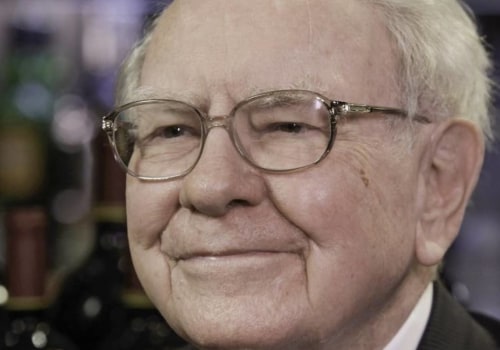Although the price of gold may be volatile in the short term, it has always maintained its value over the long term. Over the years, it has served as a hedge against inflation and erosion of major currencies and is therefore an investment worth considering. The point here is that gold is not always a good investment. The best time to invest in almost any asset is when there is negative sentiment and the asset is cheap, which provides substantial upside potential when it returns to favor, as stated above.
As gold is an alternative commodity, it helps to diversify your investment portfolio and, in doing so, provides a strong hedge against inflation. Gold rates tend not to be affected by inflation because they retain their value more than their other dollar-backed investments. When investor confidence breaks, gold prices tend to rise, as nervous investors look for a safe place to get cash out of the market. Gold is also a paradise in times of inflation because it retains its value much better than currency-backed assets, which can rise in price but fall in value.
Your portfolio should be structured in a way that helps you achieve your long-term goals. However, many experts warn that you should be careful about how much gold you should include in your portfolio. A general rule of thumb is to limit gold to no more than 5% to 10% of your portfolio. Depending on your situation and your risk tolerance, you may be more comfortable with a larger or smaller share of gold in your portfolio.
The price of gold often rises in times of crisis and higher than usual inflation, making the yellow metal attractive to investors looking for securities that can endure economically difficult times. Cash and several other asset classes, on the contrary, lose value over time due to inflation. Gold is also more liquid than real estate and investments, such as retirement accounts. However, the reality of investing in gold is more complex than it seems at first.
However, investing in gold and other precious metals, and particularly in physical precious metals, carries risks, including the risk of loss. While gold is often seen as a safe haven investment, gold and other metals are not immune to price drops. Know the risks associated with trading these types of products. If you had an infinite amount of money, theoretically you could try to convince all the owners of all that gold to sell it to you.
If gold moves against you, you will be forced to put in substantial sums of money to hold the contract (called margin) or the broker will close the position and you will suffer a loss. There is so much money in circulation (paper and digital) that changing to a gold standard is impractical and highly unlikely. In other words, the coins that were used as money simply represented the gold (or silver) that was currently deposited in the bank. Between account opening fees, fees that can reach 15 percent or more of your investment (including any leveraged portion), storage fees, management fees, and ongoing interest on the loan on the leveraged portion of the purchase of precious metals, it can be difficult to make money with investments in precious metals.
When investors realize that their money is losing value, they will begin to position their investments in a strong asset that has traditionally held its value. Investments in precious metals often involve the risky and expensive use of leverage, which is borrowed money. In the case of a margin call, you may be asked to invest additional money to prevent your investment from being liquidated without your consent or prior notice. In short, this act began to establish the idea that gold or gold coins were no longer needed to serve as money.
.







Leave a Comment